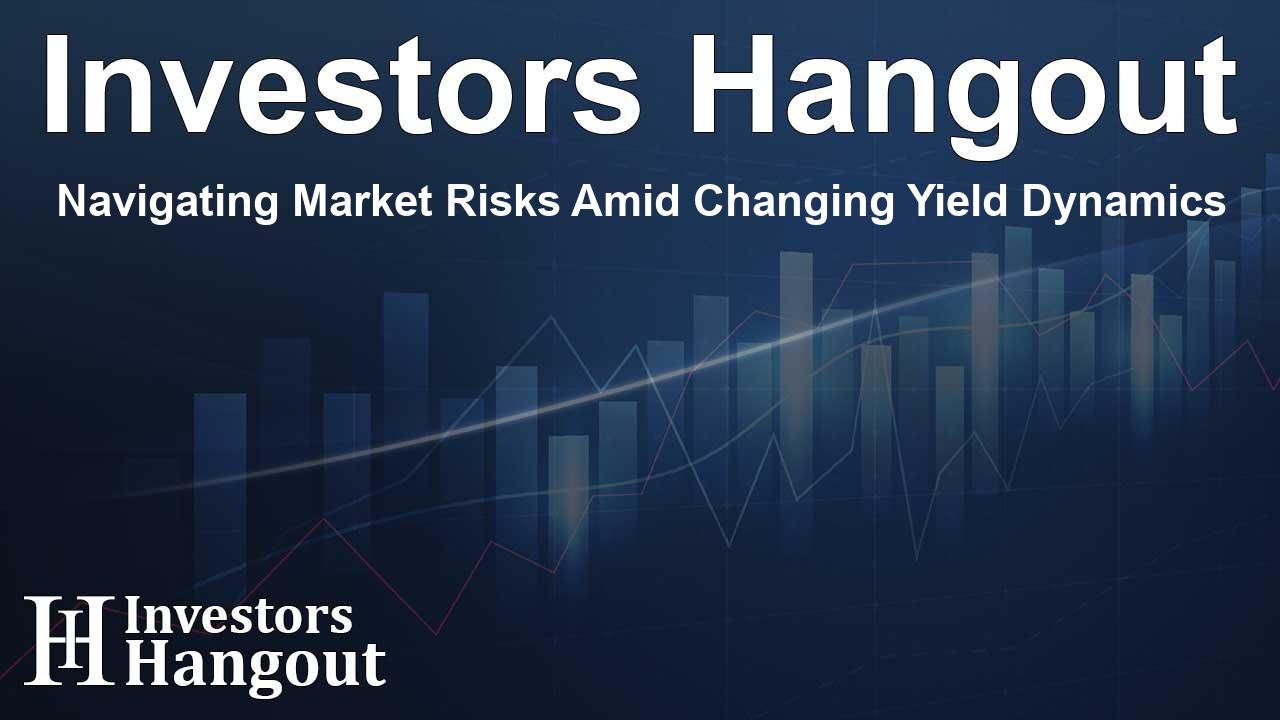Navigating Market Risks Amid Changing Yield Dynamics

Market Conditions and Current Trends
The current scenario may well be titled, "Status Quo Continuation," reflecting a familiar narrative that has persisted throughout the year. This ongoing status seems to anticipate movement towards or through significant upcoming events, like elections, reminiscent of previous market behaviors.
Examining the macroeconomic landscape for the forthcoming period reveals a mixed sentiment among market participants. While many are enthusiastically diving into investments, believing that the market inevitably trends upward, others find themselves frustrated by their bearish stances, watching the market rise beyond their expectations. It’s also a time of reconsideration for mainstream financial institutions as they adjust their forecasts based on frequent macroeconomic shifts.
One helpful indicator to observe is the divergence in treasury yields, specifically the United States 2-Year and the 3-Month T-bill yields, which have recently begun to align with anticipated trends. This adjustment could signify a pivot in market dynamics and investor sentiment.
Strategic Market Outlook
As we explore the expected trajectory of the yield curve and its implications for the stock market, it is crucial to recognize the upcoming presidential election and its potential impact. The chart indicating this relationship also highlights increasing market risks, a sentiment that echoes unresolved concerns from previous market downturns.
It’s important to remember that historical data suggests downturns often follow sharp upward movements, such as those witnessed in the last couple of major market declines. The S&P 500’s continued growth and declining T-bill yields also present alarming conditions reminiscent of earlier crises.
The Unveiling of a New Yield Curve Configuration
While there is potential for unpredictable market shifts, the setup indicates that current enthusiasm may lead to disappointment for investors clinging to overly optimistic views. The un-inversion of the yield curve is not a cue to disregard caution; rather, it signals an evolving market that requires vigilant observation.
The true challenge lies not within the inversion itself but rather in the subsequent steepening of the yield curve. This new configuration brings forth a series of risks that investors must assess carefully.
Gold: A Safe Haven or a Risk?
Shifting gears to gold, it remains an asset of significant intrigue in the current economic climate. Many experts believe that gold might outperform other traditional assets as the macroeconomic environment continues to evolve. However, caution is warranted, as the price of gold is also subject to fluctuations and may experience volatility.
Evaluating Investment Variables
In the context of broader market considerations, it’s essential to monitor for risk signals while adopting an approach that acknowledges inherent market uncertainties. Though there may be bullish inclinations based on current trends, the urgency for prudent risk management becomes paramount as historical patterns suggest a potential drawdown.
Currently, adopting a balanced approach with a focus on cash and short-term treasury bonds, while maintaining moderate exposure in long positions, might provide the necessary flexibility. Keeping an eye on emerging trends and being receptive to changes will be vital in navigating the market's intricate landscape.
Rethinking Market Strategies
As we look ahead, anticipating potential rotation into commodity-related sectors could set the stage for a more comprehensive market phase. The rally is expected to draw various sectors into its fold before ultimately experiencing a correction. Hence, being prepared and staying vigilant through this transformative phase is crucial for investors.
Frequently Asked Questions
What does the current yield curve indicate?
The recent un-inversion of the yield curve suggests a potential shift in market sentiment and investment dynamics, but it also brings certain risks that investors should monitor closely.
How should investors respond to changing market conditions?
Maintaining a balanced portfolio, incorporating cash and treasury bonds, while being open to adjusting strategies in light of new data is recommended.
Is gold still a viable investment choice?
Gold remains a strong contender as a safe haven asset, but its price may experience fluctuations. Investors should assess market conditions carefully.
What historical patterns should investors be aware of?
Past trends indicate that significant upward movements in markets often precede downturns, a scenario investors should consider when strategizing.
How important is risk management in the current market?
Risk management is crucial in the current environment. Adaptability and vigilance in monitoring market signals will help investors navigate uncertainties effectively.
About Investors Hangout
Investors Hangout is a leading online stock forum for financial discussion and learning, offering a wide range of free tools and resources. It draws in traders of all levels, who exchange market knowledge, investigate trading tactics, and keep an eye on industry developments in real time. Featuring financial articles, stock message boards, quotes, charts, company profiles, and live news updates. Through cooperative learning and a wealth of informational resources, it helps users from novices creating their first portfolios to experts honing their techniques. Join Investors Hangout today: https://investorshangout.com/
Disclaimer: The content of this article is solely for general informational purposes only; it does not represent legal, financial, or investment advice. Investors Hangout does not offer financial advice; the author is not a licensed financial advisor. Consult a qualified advisor before making any financial or investment decisions based on this article. The author's interpretation of publicly available data shapes the opinions presented here; as a result, they should not be taken as advice to purchase, sell, or hold any securities mentioned or any other investments. The author does not guarantee the accuracy, completeness, or timeliness of any material, providing it "as is." Information and market conditions may change; past performance is not indicative of future outcomes. If any of the material offered here is inaccurate, please contact us for corrections.